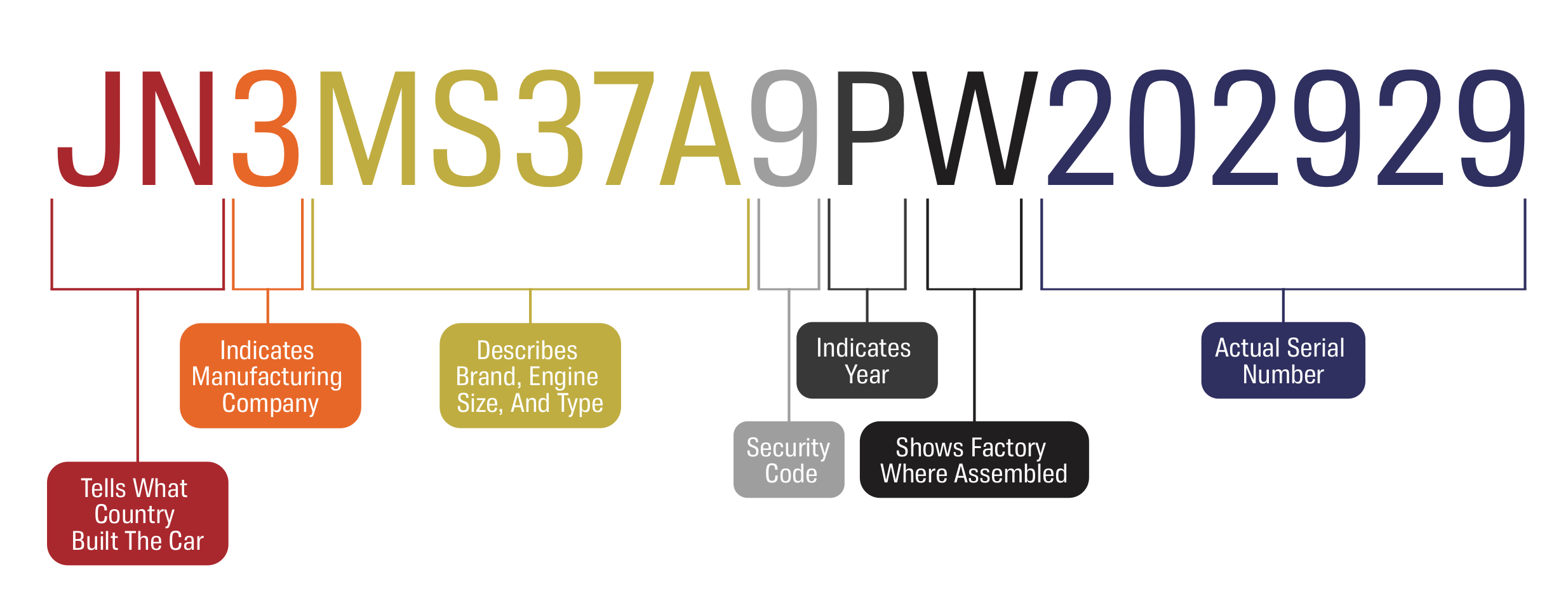What is a VIN?
When buying or selling a vehicle, one of the most important pieces of information to know is the vehicle identification number (VIN). The VIN is a unique code consisting of 17 characters that identifies a specific vehicle. Each VIN is unique to the vehicle it is assigned to and can provide a wealth of information about the vehicle's history.

The VIN is typically found on the dashboard of the vehicle, near the windshield, or on the driver's side door jamb. It is also printed on the vehicle's registration and insurance documents. The VIN is composed of a combination of letters and numbers, with each character representing specific information about the vehicle.

The first three characters of the VIN indicate the manufacturer and the country of origin. The fourth to eighth characters provide information about the vehicle's model, engine size, and other features. The ninth character is a check digit that verifies the validity of the VIN. The 10th character represents the model year, and the 11th character indicates the plant where the vehicle was manufactured.
The last six characters of the VIN are the vehicle's serial number, which provides a unique identifier for each vehicle produced by the manufacturer. This number is used to track the vehicle's production and sales history, as well as its ownership and accident history.
The VIN can be used to determine many important details about a vehicle, including its make and model, engine type, transmission type, and trim level. It can also provide information about the vehicle's accident and maintenance history, including whether it has ever been salvaged or rebuilt.
In addition to providing important information about a vehicle's history, the VIN is also used to prevent fraud and theft. Because each VIN is unique, it is difficult for criminals to forge or alter the VIN of a stolen vehicle. Law enforcement officials can use the VIN to identify stolen vehicles and return them to their rightful owners.
In recent years, there has been increased interest in using the VIN to track vehicle emissions and fuel efficiency. By using the VIN to track these metrics, regulators can ensure that vehicles meet emissions and fuel efficiency standards, and manufacturers can monitor the performance of their vehicles over time.
Overall, the vehicle identification number is a critical piece of information for anyone buying or selling a vehicle. By providing important details about the vehicle's history, the VIN can help buyers make informed decisions and avoid potential scams. It is also an important tool for law enforcement and regulators to track and monitor vehicle safety and emissions standards.

